Mandatory National Standard Enters into Force: Will the "Wild Growth" of Intelligent Driving Come to an End?
![]() 06/10 2025
06/10 2025
![]() 628
628
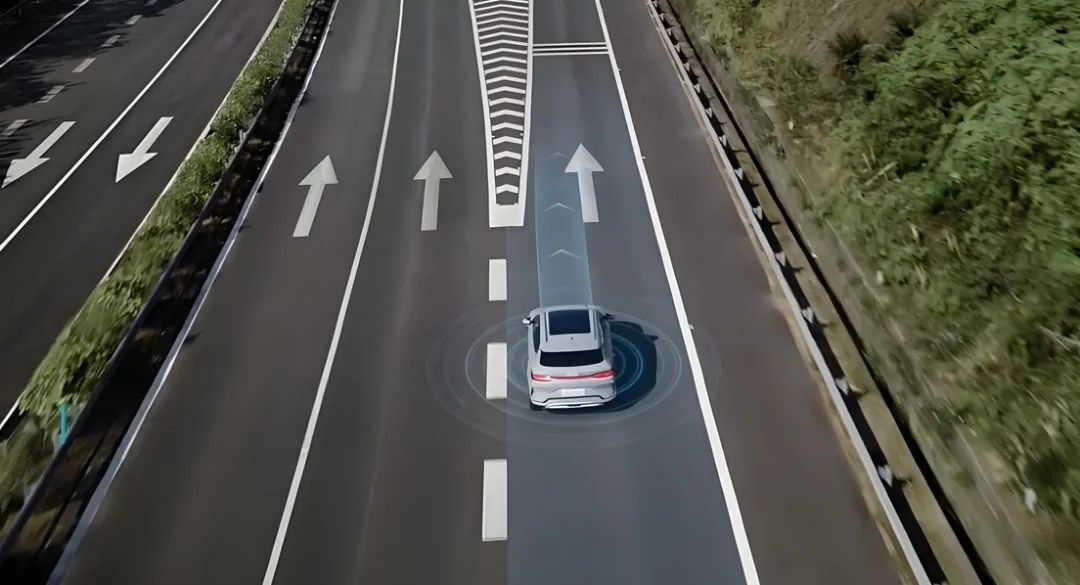
Introduction
The countdown for the mandatory national standard on combined driving assistance has begun, marking a global battle for regulation.
"If internal competition escalates into external competition, it could turn the valuable incremental (overseas) market into a red ocean, causing more harm than good to the industry.""
"If we haven't sorted things out domestically and clearly, expanding overseas might not be beneficial and could tarnish the image of Chinese auto brands."
"I might get criticized for saying this, but everyone should learn from world-class automakers.""
"The key is to adopt a localized approach rather than going it alone.""
At the recent Chongqing Forum, automakers debated the issues of "internal competition" and "expansion overseas" in the automotive industry. The proposed mandatory national standard for "Safety Requirements for Combined Driving Assistance Systems of Intelligent and Connected Vehicles" on June 4th offered a fresh perspective on this discussion.

As the industry focuses on the merits of price wars and the timing of overseas expansion, the formulation of this standard reveals a more fundamental logic: for China's automotive industry to transcend internal competition and engage in external competition, it cannot solely rely on low prices. Instead, it must establish a trust system in the global market, anchored by technical standards.
Industry insiders have categorized China's auto exports into five stages: opportunistic trade, branded trade, simple KD manufacturing, fully localized manufacturing, and full internationalization. Alternatively, it can be divided into three stages: product exports, supply chain exports, and technology exports.
Last year, China exported 5.859 million vehicles, a 19.3% year-on-year increase, surpassing Japan for two consecutive years to rank first globally. Since the beginning of this year, there have been numerous reports of automakers expanding their overseas territories. Therefore, in light of these impressive sales figures, it's time for China's automotive industry to consider supply chain and technology exports.
This wave of auto exports is inextricably linked to the robust support of electrification and intelligence. Especially with the irreversible global trend of electrification, the "intelligent driving" aspect of China's automotive industry, now known as combined driving assistance functions, will become the greatest product competitiveness for the next round of auto exports.

Considering the current domestic rectification of the "intelligent driving" chaos, the proposed formulation of the "Safety Requirements for Combined Driving Assistance Systems of Intelligent and Connected Vehicles" standard is highly timely.
01 From Mandatory Standards to the Popularization of Assisted Driving
Driven by the technology wave, combined driving assistance technology is transforming the way we travel at an unprecedented pace. In the first half of 2023, the sales volume of new passenger vehicles with combined driving assistance functions (Level 2) in China accounted for 42.4% of the total. This data clearly indicates that intelligent driving technology has transitioned from conceptual imagination to a new stage of large-scale application.
Especially in recent years, the automotive industry has undergone rapid transformations. To seize market opportunities, many automakers have leveraged advancements in various technologies as bait, loudly promoting combined driving assistance functions as a selling point. However, this behavior contravenes the original intention of technology benefiting humanity, ultimately leading to numerous issues rejected by the market.
Against this backdrop, the Ministry of Industry and Information Technology led the project for the mandatory national standard on "Safety Requirements for Combined Driving Assistance Systems of Intelligent and Connected Vehicles," undoubtedly a crucial move to keep pace with the times and ensure the healthy progression of the industry. From any perspective, the introduction of this standard is a timely rain.
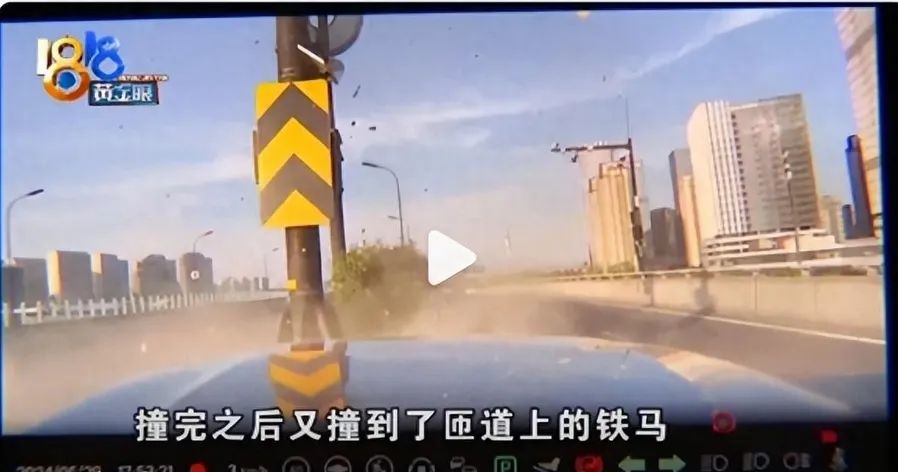
In recent years, with the proliferation of intelligent driving technology, related accidents have occurred periodically. Some intelligent driving vehicles make misjudgments or experience functional failures in specific scenarios, leading to traffic accidents and posing a serious threat to the lives and property of consumers. For instance, a vehicle from a certain brand equipped with a Level 2 driving assistance system was driving on a highway but failed to take timely braking measures due to deviations in the system's recognition of obstacles ahead, ultimately causing an accident.
The occurrence of such incidents not only raises doubts among consumers about intelligent driving technology but also impedes the industry's further development. The mandatory national standard introduced this time, by mandatorily constraining system function performance and enhancing product safety, can prevent accidents caused by performance defects from the source and build a robust defense line for consumers' travel safety.
For the industry's development, this standard plays a strong guiding and regulating role. It aims to comprehensively cover the product forms of combined driving assistance systems and provides solid technical support for industry supervision. In the past, due to the absence of a unified standard, the market for intelligent driving products was mixed, with some enterprises prioritizing short-term profits over product quality and safety, launching intelligent driving products with unstable performance and incomplete functions.
This not only disrupts market order but also tarnishes the entire industry's reputation. The implementation of the new standard will effectively guide production enterprises to optimize designs and accelerate product iteration and upgrades. Enterprises must increase research and development investments and enhance product safety and reliability according to the standard requirements to remain competitive in the market.
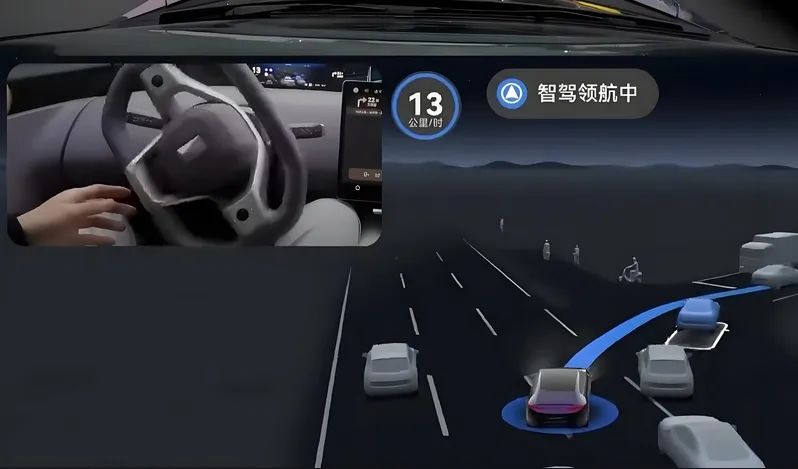
Furthermore, the standard-setting process will also propel the advancement of industry testing technology levels and equipment. Testing and verification of intelligent driving technology is a complex and rigorous process requiring advanced testing technology and equipment. This will aid in improving the testing accuracy and reliability of intelligent driving products and lay a solid foundation for the industry's high-quality development.
However, it's crucial to recognize that the introduction of the standard is merely the first step, and subsequent implementation and supervision are equally vital. Relevant departments need to strengthen supervision and inspection of enterprises to ensure they produce products strictly in accordance with the standard. Simultaneously, it's necessary to intensify publicity and education for consumers to enhance their awareness and safety consciousness regarding intelligent driving technology.
The rapid development of combined driving assistance technology has presented us with unprecedented opportunities but also accompanied by numerous challenges. The introduction of the mandatory national standard on "Safety Requirements for Combined Driving Assistance Systems of Intelligent and Connected Vehicles" marks an important milestone in the development of intelligent driving technology in China.
02 National Standards Empower Industry Global Competitiveness
Notably, the formulation of the mandatory national standard on "Safety Requirements for Combined Driving Assistance Systems of Intelligent and Connected Vehicles" particularly emphasizes "consistency with international coordination under reasonable and feasible premises." This underscores China's strategic vision of being locally rooted with a global perspective, bringing multi-dimensional positive impacts on industrial development.
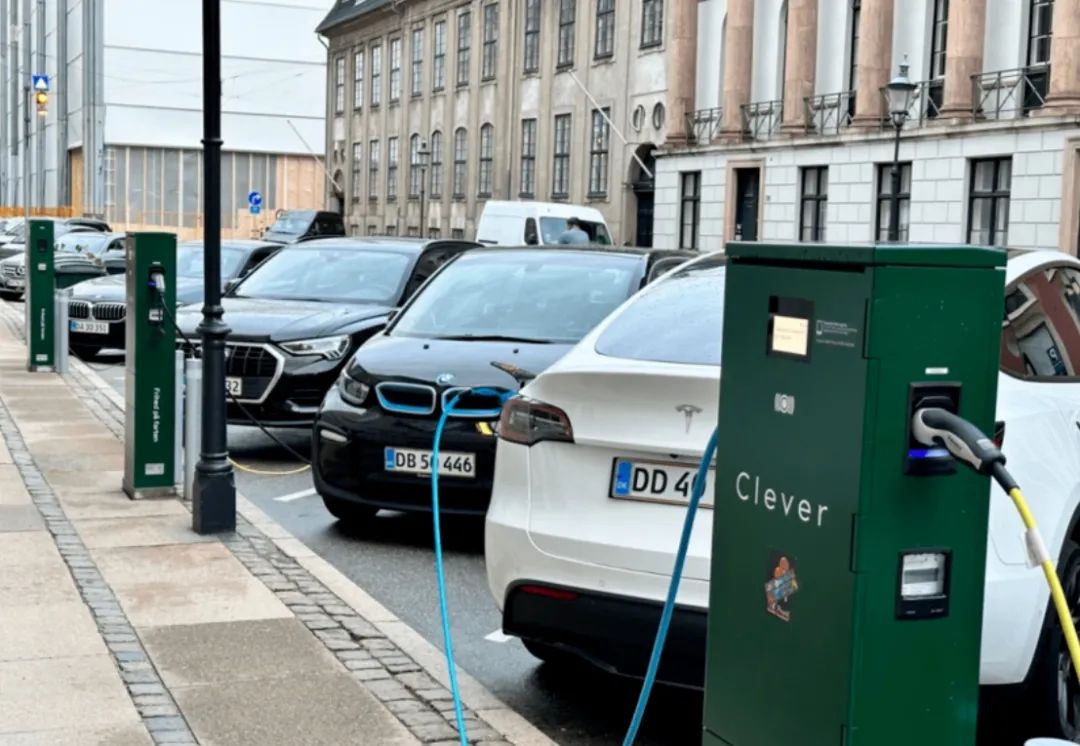
In the past, different countries and regions had varying standards, and domestic automakers often faced difficulties in re-researching and adjusting designs when expanding overseas markets, consuming significant human, material, and financial resources. Taking a well-known domestic automaker as an example, in the initial stages of entering the European market, due to differences in local safety standards for assisted driving systems of intelligent and connected vehicles compared to domestic standards, the enterprise had to invest heavily in product modifications, leading to project delays and substantial cost increases.
Nowadays, with the new national standard aligning with international standards, domestic enterprises can conduct research and development based on unified standards, avoiding repeated investments and standard conflicts, and focusing more energy on core technological innovation. This not only aids enterprises in improving product quality and performance but also enhances their competitiveness in the global market and accelerates the internationalization process of China's intelligent and connected vehicle industry.
Against the backdrop of global economic integration, technical barriers act like formidable gaps that severely restrict the vigorous development of the industry. From the perspective of industrial internationalization, actively integrating into and actively influencing the international standard system is undoubtedly a crucial way to eliminate trade barriers and bolster international discourse power.
By formulating national standards that are in line with international standards, China's intelligent and connected vehicle technology and products can better meet the needs of the international market and reduce trade frictions caused by standard differences. Taking Huawei's success in the field of 5G communication technology as an example, Huawei actively participates in the formulation of international standards and promotes global unified standards for 5G technology, enabling its 5G equipment to be widely used globally and enhancing the international influence of China's communication industry.
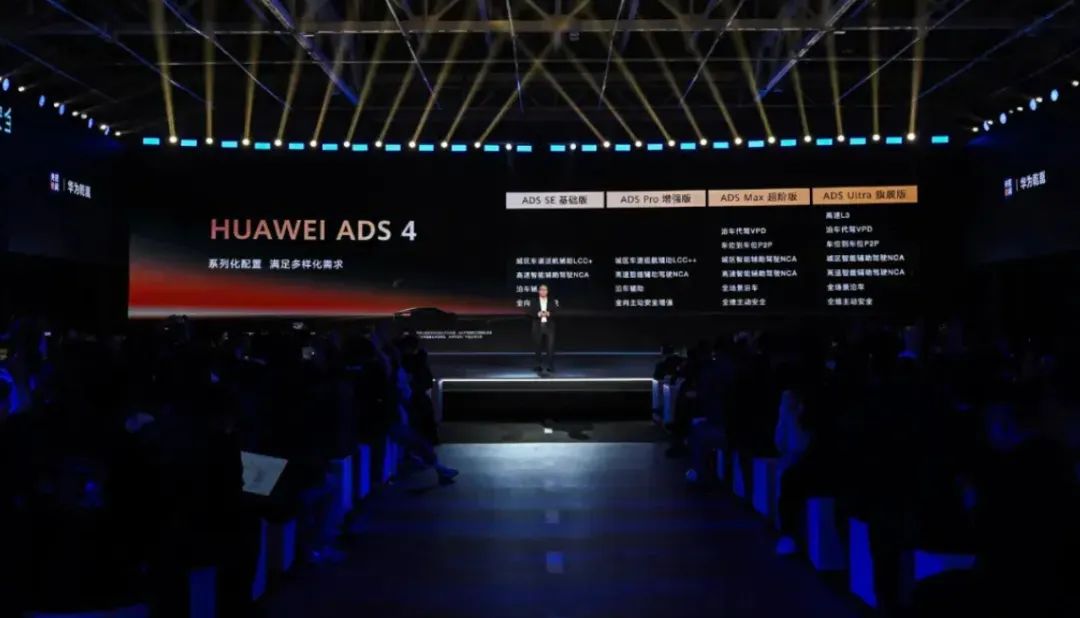
Similarly, in the realm of intelligent and connected vehicles, if China can secure a place in the international standard system through new national standards, it will help eliminate technical barriers in international trade, significantly enhance the international competitiveness and market acceptance of similar products in China, and allow China's intelligent and connected vehicles to burst onto the global market with stronger competitiveness.
From the perspective of the professionalism and forward-thinking nature of standard formulation, the joint participation of leading forces in industry-university-research cooperation such as the China Automotive Technology & Research Center, Dongfeng, and Huawei provides a solid guarantee for the high-quality formulation of new national standards. These institutions and enterprises possess rich industry experience, advanced technical capabilities, and profound scientific research heritage, ensuring that the standards not only meet the actual development of domestic industries but also reach an international leading level.
This deep integration model of industry-university-research cooperation not only ensures the professionalism and authority of the standards but also provides a strong endorsement for their future international influence. With the implementation and promotion of the new national standard, China's intelligent and connected vehicle industry will establish a technical benchmark globally, attract more international resources and cooperation opportunities, and propel the industry to reach new heights.
It can be said that the formulation of the mandatory national standard on "Safety Requirements for Combined Driving Assistance Systems of Intelligent and Connected Vehicles" is a small step among many technologies but a significant leap for the entire Chinese automotive industry to attain a higher level. It sets a threshold and standard for the development of the entire technology cluster domestically and is a crucial aspect of integrating the globalization process in overseas markets.
Simultaneously, it also points the way for domestic automakers, encouraging them to increase research and development investments and elevate technological levels. On the international competitive stage, with unified and high-standard safety regulations, China's intelligent and connected vehicles will be more competitive and are expected to continue gaining a first-mover advantage in the global automotive industry transformation, realizing a magnificent transformation from a large automotive country to a powerful automotive country.
Editor in charge: Yang Jing, Editor: He Zengrong







